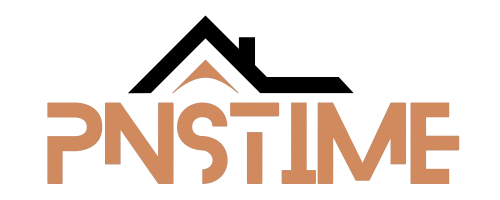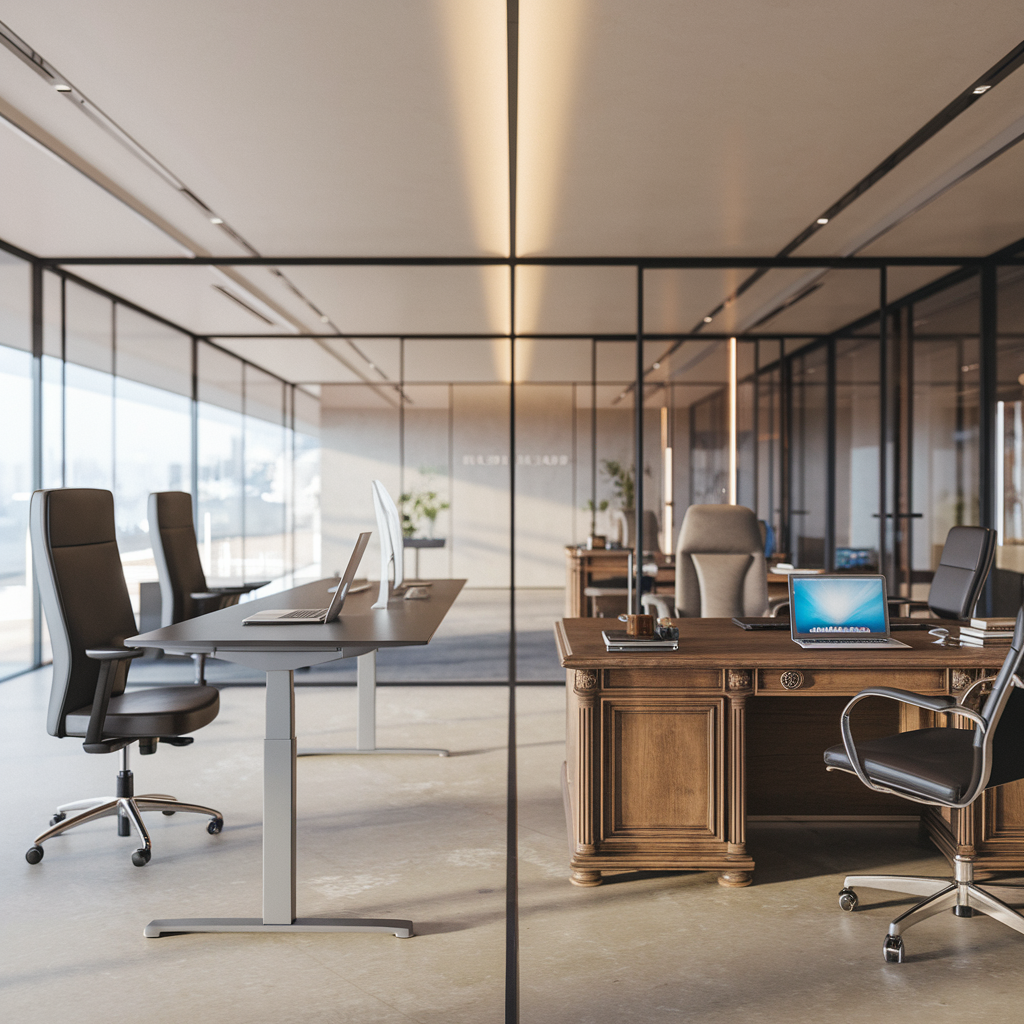Standing vs Executive Desks: Which Fits Your Work Style?
Choosing the right desk goes beyond looks—it directly affects your posture, focus, productivity, and overall wellness. Two popular desk types often compared are standing desks and executive desks. Each offers distinct benefits, but which one best suits your work style?
This guide breaks down the pros, cons, ideal use cases, and key differences of both standing and executive desks to help you make a confident, informed decision that supports your daily workflow and long-term comfort.
What is a Standing Desk?
Design and Function
A standing desk is designed to be used while standing and can often be adjusted to sit-stand positions. Most modern standing desks come with electric or manual height adjustability, allowing users to alternate between sitting and standing throughout the day.
Health and Wellness Benefits
- Improves posture by reducing time spent slouched in chairs
- Boosts circulation and energy by encouraging movement
- Helps reduce back pain from prolonged sedentary behavior
- Increases alertness through better oxygen flow and reduced lethargy
Studies suggest that alternating between sitting and standing during work hours can improve metabolic health and reduce the risk of chronic conditions.
Explore solid wood sit-stand options in our Desks Collection.
Best For:
- Professionals who work long hours on screens
- Creative roles requiring fluid movement
- Remote workers optimizing limited space
- Health-conscious individuals aiming to reduce sitting time
What is an Executive Desk?
Design and Function
Executive desks are large, often rectangular, L-shaped, or U-shaped, and feature extensive surface space and built-in storage. These desks are typically made from rich, durable materials like solid wood and are placed in leadership offices.
Aesthetic and Functionality Benefits
- Sophisticated design that reflects authority and professionalism
- Ample workspace for multiple devices, documents, and accessories
- Integrated storage such as drawers, file cabinets, or hutches
- Commanding presence in private or managerial offices
Pair with matching filing cabinets and wall shelves for a cohesive workspace.
Best For:
- Executives, managers, and professionals handling multiple tasks
- Legal or financial roles requiring documentation space
- Users with large private offices and traditional setups
Key Differences at a Glance
| Feature | Standing Desk | Executive Desk |
|---|---|---|
| Adjustability | High (manual or electric) | Fixed height |
| Footprint | Compact to medium | Large |
| Ergonomics | Promotes movement and posture | Supports prolonged seated work |
| Storage | Minimal | Extensive |
| Aesthetic Impact | Modern, minimalist | Classic, traditional |
| Ideal User | Active, flexible work routines | Paperwork-heavy, leadership roles |
Which One Matches Your Workflow?
Consider Your Daily Routine
If your day involves long video calls, digital design, or research work, a standing desk helps you stay energized. However, if you juggle documents, manage teams, and require consistent seated focus, an executive desk offers the space and structure needed.
Evaluate Your Office Layout
- Standing desks work well in shared, open-plan spaces or compact home offices
- Executive desks require dedicated private rooms with enough clearance for cabinets and accessories
Explore layout optimization tips in our Office Desk Guide.
Long-Term Comfort vs Flexibility
Standing desks provide flexibility and promote active working styles, but users must also invest in anti-fatigue mats or wear supportive shoes. Executive desks emphasize comfort and structure, especially when paired with ergonomic seating.
Combine the Best of Both
Some professionals now opt for hybrid solutions:
- Executive-style desks with standing converters
- Sit-stand desks with executive finishes
- Adjustable-height desks with modular storage units
Design and Aesthetic Considerations
Standing Desks
Often designed with modern offices in mind, standing desks feature sleek lines, minimal hardware, and natural wood tops. They blend seamlessly in open-plan or creative studios.
Accessories to Pair With Your Desk
With Standing Desks:
- Monitor arms for height adjustment
- Anti-fatigue floor mats
- Under-desk cable trays
- Compact filing cabinets
With Executive Desks:
- Desk lamps
- Matching wall shelves for books and awards
- Dual-monitor stands
- Coordinated desk clusters for collaborative workspaces
Final Thoughts
Choosing between a standing desk and an executive desk comes down to your workflow, office size, design preference, and health priorities. Standing desks offer adaptability and ergonomic benefits, ideal for fast-paced and tech-heavy roles. Executive desks offer space, structure, and presence—perfect for decision-makers and roles that involve multitasking with both digital and paper-based tools.
At Pnstime.com, we craft solid wood desks that blend style, quality, and functionality. Whether you’re furnishing a minimalist studio or a corporate suite.

